Chinese partnerships for rural transformation
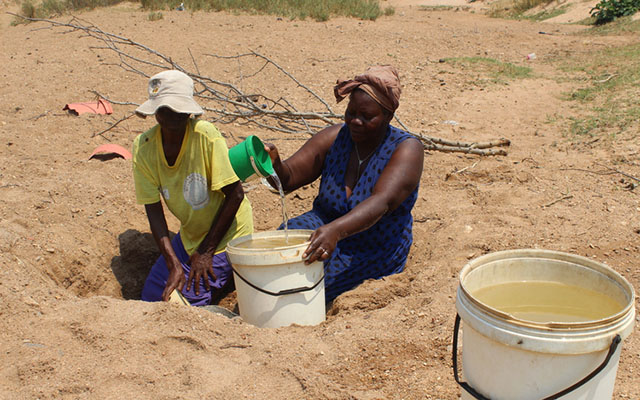
Sydney Kawadza Senior Writer
At the height of the 2015/ 2016 drought, Loreen Chitalo of Village 8, Ward 30 in Masvingo District, south-west of Harare, was nursing injuries instead of joining her friends in school. She was bed-ridden after she was injured in a freak incident when a thirsty cow gored her as it tried to reach the water she was carrying in a bucket.
The stranger-than-fiction incident was a result of the desperation for scarce water in the semi-arid region. Her mother Chenesai says: “The situation is desperate. Animals and people are fighting over the scarce water at the various points in the area.” The drought was devastating for women in the province and other parts of Zimbabwe where water shortages are endemic, especially in Natural Regions IV and V.
Weather experts have already predicted a below normal to normal 2017/ 2018 Summer season and this is a bad omen for regions such as Masvingo. Sadc’s Climate Services Centre says countries in the region should prepare for the worst in the 2017/ 2018 rainfall season. The CSC has noted that there will be normal to below normal rains from October to November and normal to above normal rains from January to March 2018.
The southern parts of Zimbabwe, including Matabeleland and Masvingo regions, will have normal to above normal rains of between 200mm and 300mm in the first half of the season. The first phase of below normal to normal rains could result in the southern regions experiencing serious drought conditions. The second phase could see floods leading to serious humanitarian disasters including food shortages.
The above are some of the enduring issues discussed at a Media Workshop on Reporting Africa-China Engagements: Agriculture Developments, Climate Change, Industrialisation, Sustainable Development Goals and Agenda 2063, for African and Chinese journalists in Addis Ababa, Ethiopia recently. The meeting was organised by Oxfam International’s Africa-China Dialogue Platform and the Wits Africa-China Reporting Project. African-China relations have witnessed rapid developments in the past two decades and the main objective was, among others, to look at these engagements’ impact on food security on the continent.
Mr James Murombedzi of the United Nations Economic Commission for Africa’s African Climate Policy Centre told the meeting that although agricultural productivity had been increasing in Africa, this has not translated into food security for most Africans.
“In the last decade, agricultural GDP growth has increased from an average of 2-3 percent to 3-4 percent, and significantly higher in some countries. But the number of people suffering from hunger is estimated at 239 million. This is projected to increase in the near future as the continent’s population increases,” he said. Mr Murombedzi further noted that Africa possesses the potential to expand its agricultural output.
“However, productivity remains very low with most countries failing to achieve 25 percent of their potential yield.” He said this year alone around 800 million people, about 11 percent of the world population, were suffering from chronic hunger, with a majority in Africa.
“Today’s major food concern is not availability, but lack of access, that is, people’s ability to purchase good food and enjoy nutritious, diverse and balanced diets as well as people’s inability to produce and enjoy adequate and nutritious food of their own,” he said. Much of Africa’s agriculture was rain-fed as only seven percent of farmland in sub-Saharan Africa was under irrigation, he said.
“Investment in infrastructure is obviously a key driver of the African rural development agenda. Africa’s infrastructure financing needs are estimated at $135 billion per year,” he added. Mr Murombedzi said food prices had also increased drastically across the world since the turn of the century due to collapsing financial systems and changes in agricultural systems imposed by climate change.
“Prolonged droughts in Southern Africa . . . flooding and the spread of pests and diseases all contributed to declines in agricultural output which in turn pushed the prices of agricultural commodities upwards,” he said. In seeking growth opportunities, Mr Murombedzi noted, developing nations, particularly in Africa, had turned to Foreign Direct Investment. (FDI) The investments in infrastructure include irrigation, energy, transportation and marketing.
“However, investments should empower, not dispossess, smallholder farmers. Food production should be both domestic and imports. In climate change mitigation and adaptation, opportunities exist for partnerships in renewable energy — hydro, solar and wind — climate resilient infrastructure and climate smart agriculture. China and Africa can also develop partnerships to promote global climate governance.” Chinese Mission to the African Union charge d’Affaires Mr Chen Xufeng acknowledged the traditional friendship China enjoys with African countries on the basis of equality, mutual support and mutual benefit.
“Today, China has become Africa’s largest trading partner, main investor and engineering contractor. China-Africa cooperation faces new historic opportunities.
“Since 2013, China has initiated new concepts for China-Africa cooperation, which is outlined by the principles of sincerity, practical results, affinity and good faith as well as the values of friendship, justice and shared interests. China is firmly committed to promoting the cooperation with the continent through common, intensive, green, secure and open development and supporting Africa’s efforts to address the main bottlenecks, namely lack of quality infrastructure, professional and skilled personnel and financial resources. China is ready to help Africa resolve three fundamental issues of employment, food and health by developing self-sustainable system of industrialization, food security, and disease prevention and control systems.”
Chinese President Xi Jinping, during the FOCAC Johannesburg Summit in December 2015, pledged a $60 billion financial package to implement Ten Major Cooperation Plans that mainly focus on accelerating Africa’s industrialisation and agricultural modernisation. Mr Chen said since the FOCAC Summit, more than 600 projects had been either completed, were underway or signed to be implemented.
“These projects together amount to over $108 billion. They could directly create 209 000 jobs, and could contribute $1,15 billion of tax revenue for African countries. The China-Africa Fund for Production Capacity Cooperation is now running with an initial contribution of $10 billion. Besides, China has provided vocational training opportunities to over 100 000 African people and offered nearly 20 000 government scholarships for African countries.”
The Zimbabwean Government enjoys excellent relations with China which it hopes can help fight challenges of water shortages in the dry regions of the country. Agriculture, Mechanisation and Irrigation Development Deputy Minister (Cropping) has indicated that with the right technology, Zimbabwe could put more than 150 000 hectares under irrigation. Using effective technology, Zimbabwe, anchoring its projects on the recently commissioned Tokwe-Mukosi Dam, the envisaged Runde-Tende Dam and several other water bodies across the province, could mitigate the challenges faced by rural communities in the dry regions.
Feedback: [email protected]

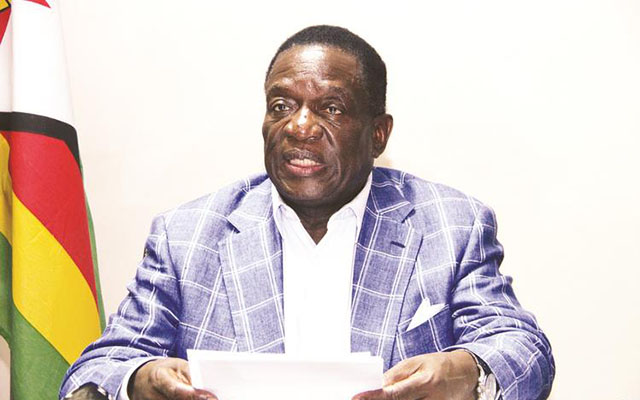

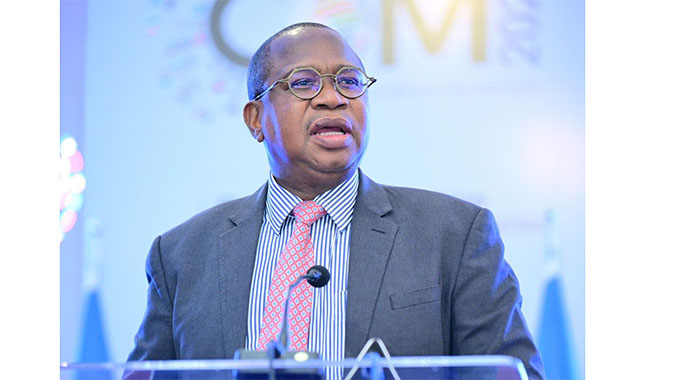
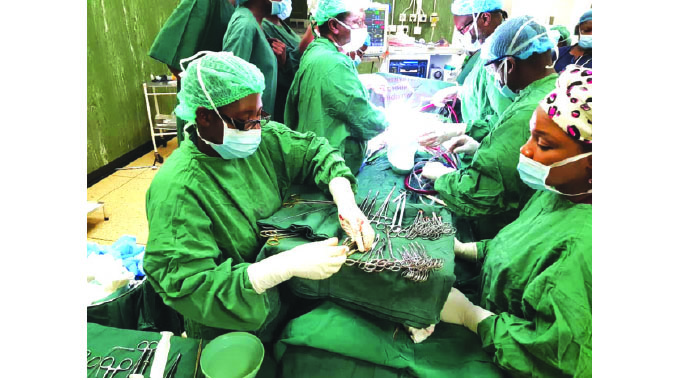
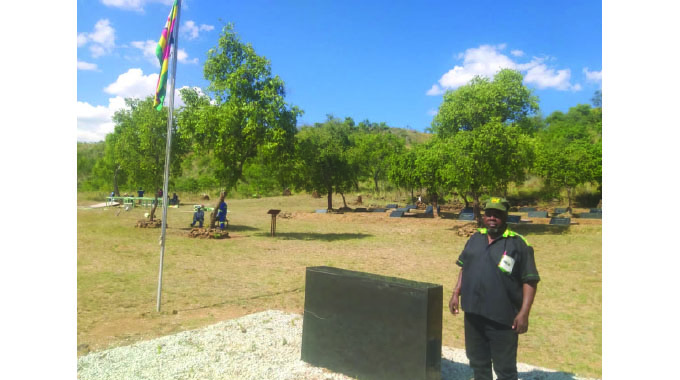

Comments